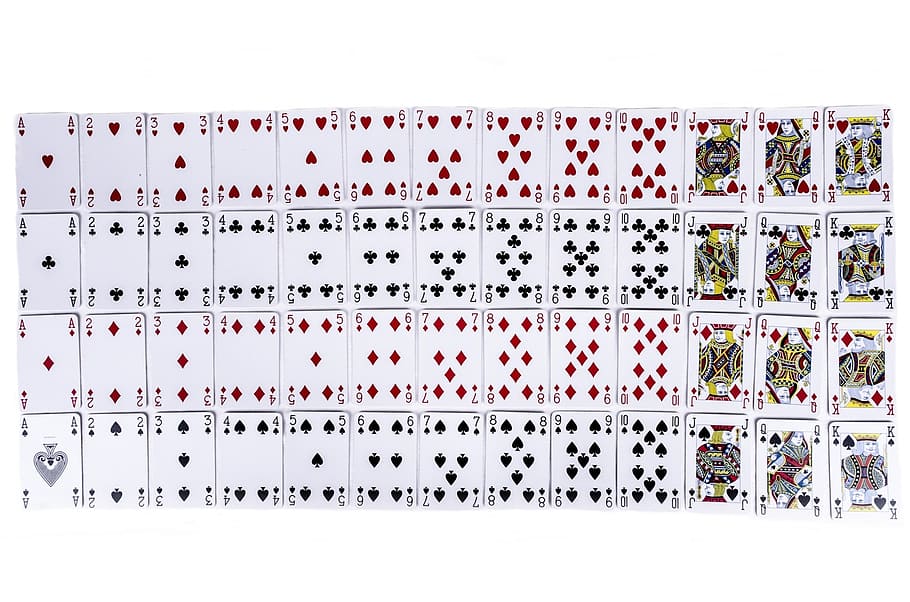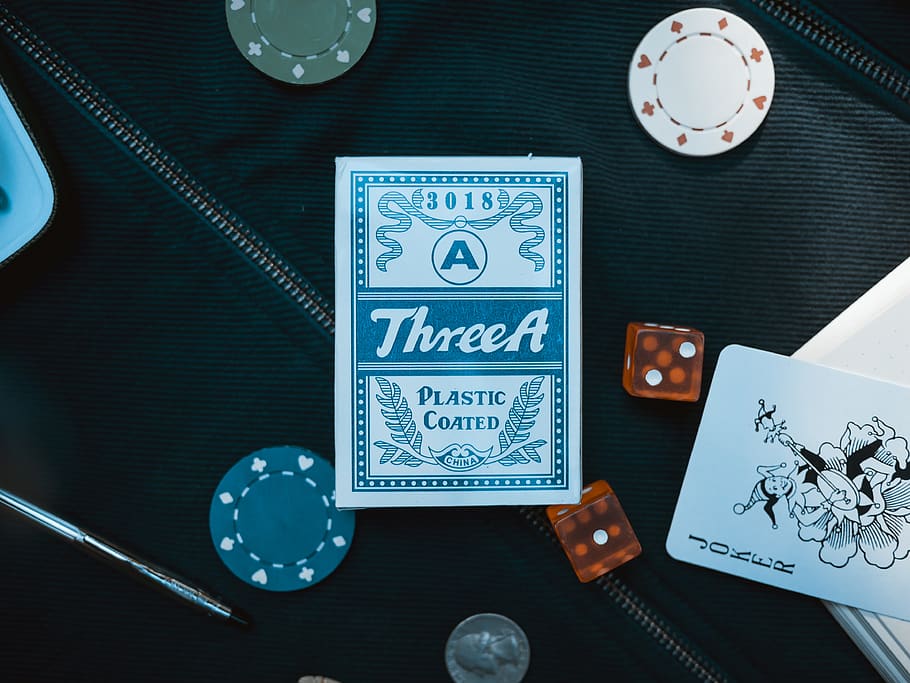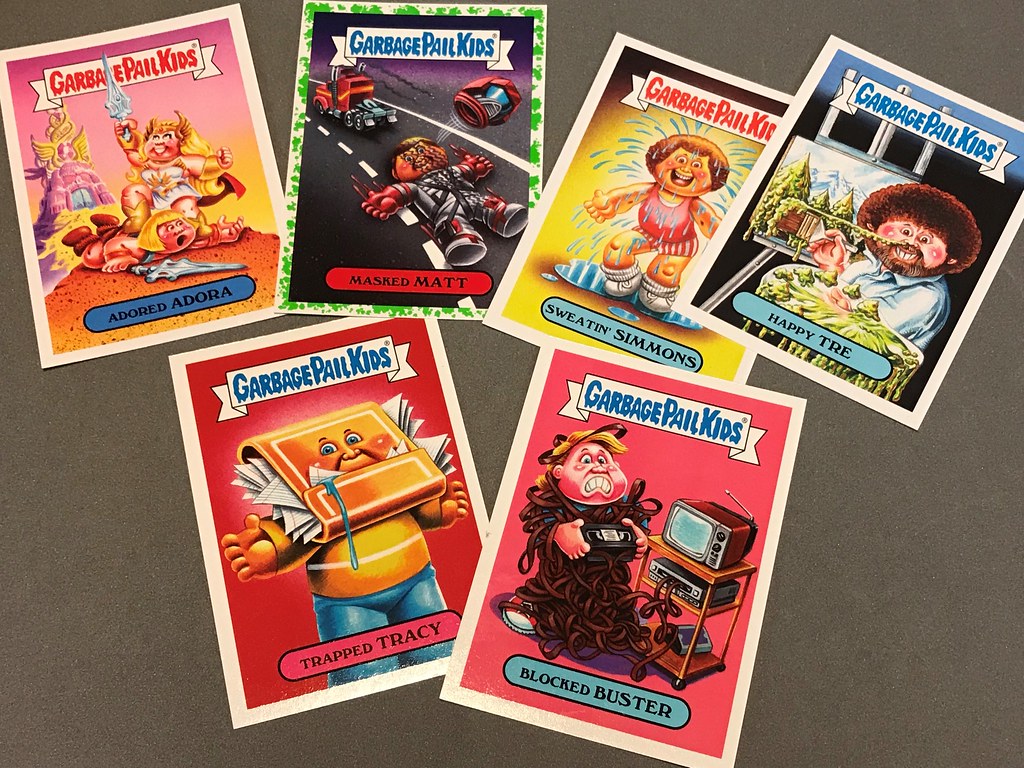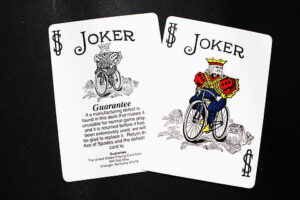How To Play Garbage Card Game? How To Play Trash Card Game

How To Play Garbage Card Game :- Engaging in playful activities is a vital cognitive process that enriches young minds in myriad ways. Play in educational settings, often sacrificed in favor of more direct reading and writing instruction. However, there’s a golden opportunity to infuse learning with fun through games that also impart valuable lessons. Enter Garbage, also known as Trash—a game that not only adds a dose of enjoyment to learning but seamlessly integrates the teaching of crucial math concepts within an immersive, ten-frame oriented gameplay.
Garbage serves as a dynamic platform to introduce and reinforce numerical concepts and sequencing, effectively enhancing students’ proficiency in number recognition and counting. By incorporating the ten-frame concept, the game further bolsters essential skills in pattern recognition and sequencing, laying a solid foundation for mathematical comprehension.
As students immerse themselves in the strategic gameplay of Garbage, they actively exercise their critical thinking faculties, meticulously plotting their moves and refining their strategies with each decision. The game’s interactive and collaborative nature fosters social connections among students, nurturing a lively and positive classroom atmosphere where learning thrives.
In essence, Garbage transcends mere entertainment, serving as a potent tool to instill key mathematical skills while fostering a spirit of camaraderie and engagement among students. So let’s embrace the power of play and make learning an exhilarating adventure with Garbage!

How To Play Garbage Card Game What Is The Garbage Game?
The Garbage Card Game, also referred to as Trash, is a delightful and straightforward sequencing challenge where players aim to arrange their randomly dealt cards into 10 designated slots, spanning from 1 (Ace) to 10.
Objective:
The primary goal in Garbage is to triumph in 10 rounds. Each round revolves around organizing your cards into sequential order faster than your opponent.
Number of Players:
Optimally, Garbage is designed for 2 players. However, for 3 or more players, alternative variations can be explored.
Skills:
Garbage sharpens essential skills like number recognition and ordering, making it an ideal game for individuals of all ages. It’s particularly beneficial for young learners, serving as a practical tool to reinforce number identification and sequencing, suitable for Kindergarten and 1st-grade levels.
How To Play Garbage Card Game Why It’s Awesome:
Visit Our Other Website:-
Garbage stands out as a thrilling, uncomplicated, and brisk-paced game, doubling as an educational tool to hone number recognition and sequencing abilities. It’s intricately linked to the “10 frame” mathematical framework, commonly used for early number comprehension, addition, and subtraction, thereby laying a solid groundwork for grasping the 10 frame system. Dive into Garbage for a fusion of entertainment and learning.

How to Play
In a typical Garbage setup, two players kick off the action. Each player arranges ten cards face down, forming two rows of five in front of them. The remaining cards form a draw pile at the center of the table.
Now, let’s delve into gameplay. The first player draws a card, let’s say it’s a six. They then locate their sixth card in their arrangement, swap it with the drawn card, and place the six face-up in its designated spot. With each draw, the player evaluates where to slot in the new card within their layout.
However, here’s the twist: if a face card or a duplicate number is drawn, the turn ends, passing the baton to the next player who draws from the pile.
Victory is claimed by the player who successfully fills their entire set of ten cards first. So, buckle up and aim to be the first to tidy up your card arrangement.
The MATH
This game seems tailor-made for preschoolers or kindergarteners honing their counting skills.
With its layout mirroring a ten frame—five cards in each row—it’s a familiar structure for young learners, aligning seamlessly with their early math education.

When a child flips over an eight, they often count up to eight before placing the card. More advanced learners, who have surpassed kindergarten, swiftly locate the third card in the bottom row, showcasing a notable shift in mathematical thinking. While counting from one to eight is essential, starting at one and tallying isn’t always the most efficient approach. Trash offers a visual framework that encourages children to think critically about numbers and their spatial relationships—a crucial step in their mathematical journey.
GARBAGE RULES
Throughout each turn, players have the flexibility to play any eligible cards from either the stockpile or discard pile onto their corresponding open number slots. For instance, if a player holds a 3 card, they can place it accordingly.
However, players must refrain from playing on slots that have already been filled, except under specific wild card rules.
Once a card is placed in a slot, the previously face-down card is revealed and either utilized to fill open slots or discarded if no slots are available.
Playable cards encompass Ace (representing 1) and numbers 2 through 10, along with any designated wild cards based on established wild card rules.
Conversely, face cards such as Jack, Queen, and King are deemed unplayable. Nonetheless, some players may incorporate wild card rules, where specific face cards or even the Joker serve as wild cards, subject to individual preferences.
Following each round, the victor removes their highest playable slot in the subsequent round, adding a strategic element to gameplay.
Should the stockpile deplete, the top card remains face up, while the remaining cards are shuffled to reconstitute the stockpile, ensuring uninterrupted gameplay.
How to Win Garbage
The round concludes when a player successfully flips over all their cards in sequential order, spanning from Ace to 10, thus securing victory.

This engaging game can span across multiple rounds, with the loser of each round accruing penalty points equivalent to the number of unflipped cards in their possession.
The game persists until a player accumulates a predetermined number of penalty points. Subsequently, the player with the fewest points emerges triumphant.
Integrating playfulness into the classroom environment is a transformative endeavor that enhances the overall learning journey for students. The Garbage Card Game not only facilitates enjoyable math skill practice but also infuses the classroom with a sense of fun and playfulness.
In my opinion, it stands out as one of the most enjoyable and fitting games to incorporate into educational settings, fostering a vibrant atmosphere where learning thrives through play.




